Night Driving Glasses: Do They Really Help?
Driving at night can be challenging, with reduced visibility and potential glare from oncoming headlights. To combat these issues, manufacturers have introduced night driving glasses, claiming they enhance vision and reduce eye strain. But do these glasses really live up to their promises? Let’s explore the topic further.
Night driving glasses typically feature yellow-tinted lenses that claim to improve clarity and contrast in low-light conditions. The idea behind this color choice is that it reduces the blinding effects of glare, enhances depth perception, and provides better visibility of objects on the road.
Proponents of night driving glasses argue that they can help reduce eye fatigue, especially during extended nighttime drives. The yellow tint is believed to filter out blue light, which is known to cause eye strain and fatigue. By reducing the amount of blue light reaching the eyes, these glasses may help keep drivers more alert and focused.
Furthermore, night driving glasses claim to enhance contrast sensitivity, allowing drivers to see better in dark environments. This improvement in vision can make it easier to detect objects on the road, such as pedestrians or obstructions, potentially preventing accidents.
However, not all experts are convinced of the effectiveness of night driving glasses. Some argue that the improvements offered by these glasses are minimal and can be achieved by maintaining a well-maintained and clean windshield. They argue that properly adjusting and cleaning the windshield can reduce glare and improve visibility without the need for specialty glasses.
Additionally, skeptics highlight that the yellow tint can distort colors, potentially making it harder to accurately identify traffic signals and signs. This distortion could be particularly risky in situations where quick decision-making is crucial.
While the debate on the effectiveness of night driving glasses continues, there are several other measures drivers can take to improve their visibility at night. Regular eye exams are essential for detecting any vision issues that might hinder nighttime driving. Adjusting the car’s headlights to ensure they are correctly aligned and not too bright can also prevent unnecessary glare.
Furthermore, avoiding driving while fatigued and taking regular breaks during long nighttime journeys can significantly reduce the risk of accidents. Additionally, keeping the windshield and headlights clean, as well as using anti-reflective coatings on glasses or windshields, can further enhance visibility.
In conclusion, night driving glasses have gained popularity as a potential solution to the challenges faced while driving at night. While they claim to improve vision, reduce glare, and eye fatigue, experts remain divided on their effectiveness. The best course of action is to find measures that work best for individual drivers to ensure safe and comfortable nighttime driving. This may involve considering night driving glasses, adjusting windshields, or adopting other precautionary measures to enhance visibility. Ultimately, prioritizing safety on the road should always be the primary concern for drivers.
